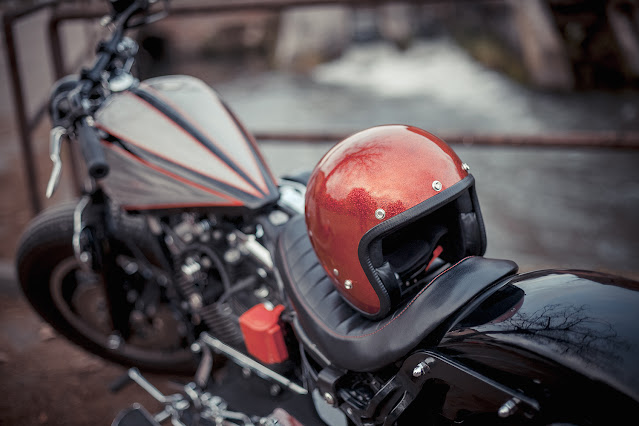Let's go out and reappropriate the spaces, with our cameras around our necks or in our hands, to dedicate ourselves to still life photography ... outdoors.
Meaning of a still life
In photography, we use the English expression still life to indicate a particular genre that portrays inanimate subjects, that is, what in painting can be translated as "still life".
Usually there is a tendency to combine this particular technique with photographic studios, pre-built sets and complex lighting schemes, underestimating instead that even open spaces offer many ideas to try your hand at still life photography.
If you want to learn more about still life photography, you can find a lot here:
The Beginner's Still Life Photography Guide by Li Aihong (in English)
Still Life in Photography by Paul Martineau (in English)
The advantages of still life photography
The subjects do not move!
This gives us a huge advantage: we have plenty of time to calmly choose the settings of our camera, check how the scene is lit, compose carefully and produce quality shots.
No rush, so. We have all the time we need. Let's use it well!
City and still life
The difference between shooting still life in the studio and shooting them outdoors is all in the need to know how to adapt and to learn to look around .
Everything that surrounds, if framed with a certain creativity, can turn into a photogenic subject .
Ambient light and external still life
Outside, we must inexorably deal with the available ambient light, we must learn to make the most of it, in order to enhance our subjects.
This tells us that we must know light very well, understand if it is suitable for the purpose we propose and, if not, change our shooting intentions.
Not being able to bend the light to our will, we must learn to bend our will to the light .
Keep It Simple
We keep things simple, relying on dry shots and composing with extreme care. Here is a good recipe to follow to get satisfactory results.
Often, one object is enough and advances. Even more often, even just a part of an object.
We learn to evoke and avoid describing.
Geometric shapes and still life
Let's learn to think abstractly and let ourselves be guided by geometric shapes . Where, for example, a manhole stops being a manhole and simply becomes a circle, thus assuming its own aesthetic meaning regardless of what it is in contingent reality.
We try to isolate the objects , extrapolating them as much as possible from the context and treating them as real photographic subjects worthy of relief, whether it's a dumpster or a door, in our shot they are geometric shapes, color and matter.
Let's exploit the matter , remembering that grazing light enhances its textures , this must suggest that it is better to prefer to shoot when the sun is very low on the horizon or directly over our subject.
Let's rely on a reduced depth of field , it will be able to make the most common objects almost magical, dreamlike. That's what we want, to tear them away from everyday reality and deliver them to a whole new world.
We look for the profiles and let them stand out against homogeneous backgrounds, this tells us that often we will have to lower the shooting point or raise it, in order to frame the subject, isolating it.
How to set up the camera
As always, there is no shooting mode that is better than another, other than the one in which we are most comfortable shooting.
The two shooting modes I recommend are manual (M) and aperture priority (Av). In the first we have all the flexibility we may need, in the second, instead we set the aperture - and therefore the depth of field we want to use - and let our camera advise us on the shutter speed, we can always intervene on the exposure offsetting positively or negatively.





